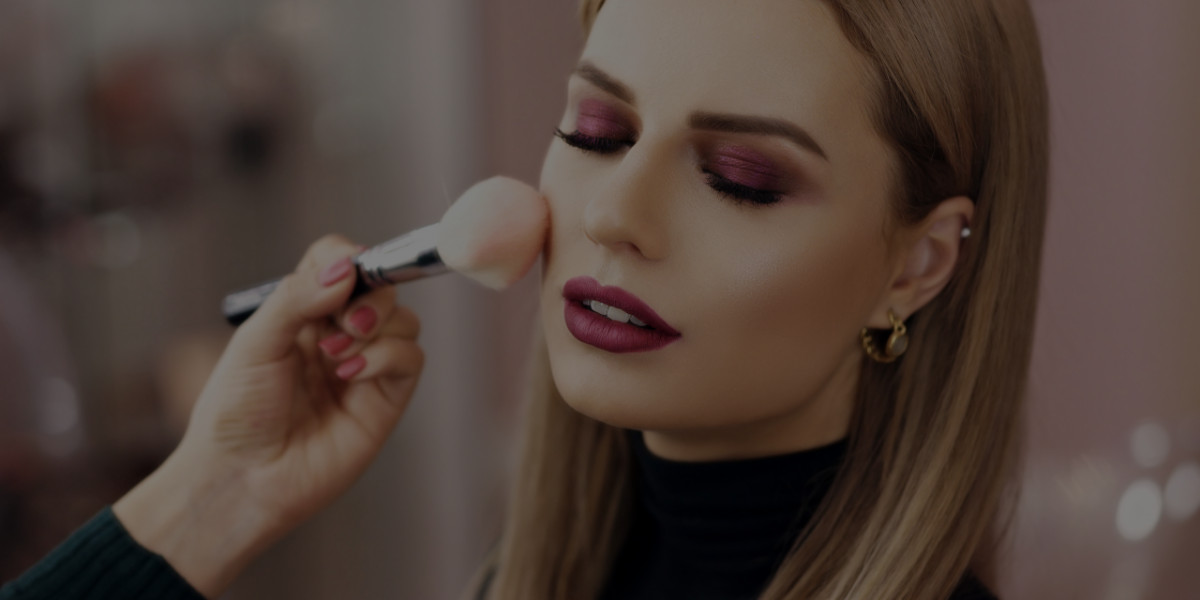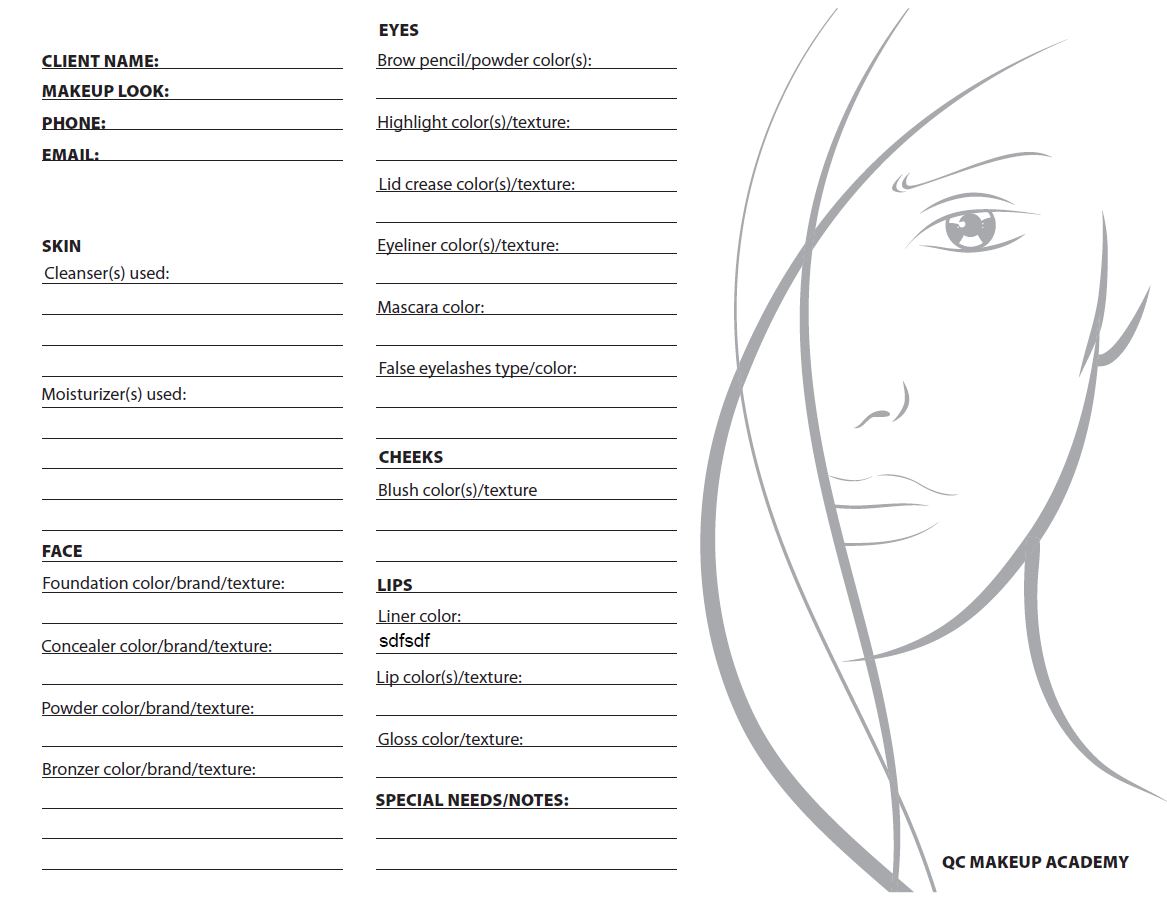Professional makeup artists tend to overlook the importance of face charts. Keeping accurate client face charts is a fundamental skill that makeup artists should master early on in their career. Face charts are used to both plan out makeup looks, as well as record a makeup look so that it can be perfectly duplicated in the future.
So how can you create a flawless face chart? Follow along to find out!
Designing Makeup Looks with Face Charts
Face charts are used to plan out or design makeup looks. This is especially important when you are designing a makeup look that may be applied by a team of makeup artists, such as in fashion shows.
As the makeup artist for a fashion show, you are responsible for designing a makeup look that represents the feeling of the whole collection, not just one design. Therefore, on the day of the show, you will have to teach a whole team of makeup artists on how to apply your look on various models. In this case, your face chart is extremely important as it teaches other makeup artists which products to use, application techniques, as well as an overview of what the final look should look like.
In the video below, QC tutor and celebrity makeup artist Nathan Johnson explains how the whole makeup process works in the fashion industry—and shows you the importance of a detailed face chart!
Recording Your Makeup Looks
Face charts are also important to record a makeup look after it has been applied so that you can track the colors, styles and product codes of the makeup you apply.
This is especially important for any work that requires a pre-trial. For example, in bridal makeup applications, you have a trial makeup appointment with your bride. After you both decide on the perfect look, you now have to record it in detail so that you can reproduce it on the day of! You don’t want to show up on her big day and not have the proper colors or tools that are needed to create her look—or worse, you use a product that she is allergic to.
Filling Out The Face Chart
Coloring in the face chart image is used to give an overview of how the finished makeup look should look. However, the more important part of the face chart is meticulously filling in the text on the side, noting down all the products that are needed and/or used.
Heading
Fill in your client’s name and/or the makeup look, so you can easily keep track of your face charts and organize them well.
Skin
Often, your clients will come in with no makeup. Therefore, you’ll have to note down the types of moisturizers used that are appropriate for their skin. However, if they do have makeup on, then you should also write down the type of cleanser they used. You never know when a client might contact you asking for the moisturizer or cleanser they used so they can purchase it themselves.
Face
Foundation: Not only should you list the brand you used, you should also write down the shade you used as well as the texture (liquid, cream, powder, etc.)
Concealer: List all the types of concealers and color correctors you used. You can also note down any special techniques you do, such as only applying concealer on the half-moons under the eye, or only around nose.
Powder: If applicable, note down the brand of powder used, color and texture. If you want, you can also specify which brush you used to apply the powder. If you used a setting spray instead of powder, note that here.
Contour: In addition to writing down the brand, color and texture, you should also make note of where you used it and how much you used. Depending on your look, you may want exaggerated cheek bones, or only a brush of shadow under the cheek.
Eyes
The eye section is the most important, and is also the longest. Often you will find yourself using two or three types of eyeliner, and four to five different shades of eyeshadow, therefore you want to make sure you remember the exact shade(s) you used. You should not only be meticulous about which products you used, but also the application techniques. If you smoked out the eyeliner, then be sure to note down you how far you blended it out. Also, note down the type of liner technique you chose to use—was it a cat eye, a wedge, did you do a drop shadow, and what color was it?
Cheeks
List the blush(s) you used, including the brand, color and texture.
Lips
Note down not only the products you used, but application techniques as well. For example, did you over-line the lips? And if you did, then by how much?
Special Needs
This section is vital as well. Here, you should note down any allergies your client may have, special corrections that are needed, etc. You can also write down their skin type in the section, as well as anything that didn’t fit in the sections above.

